Notes of a conversation about Espacios Revelados project between the curators Joachim Gerstmeier and Prem Sarjo
By Prem Sarjo | Interview Images: Camilo Bustos | Spaces Images: Benjamin Matte
The curator disappears behind the artwork
As a curator of the foundation Siemens Stiftung I started to travel to Latin America every two months. The foundation is a non-profit organization founded in 2008 with the idea to foster sustainable social development which crucially depends on access to basic services, education and culture. It was a decision made by the Foundation to not only work in the North, but also in the South, in Africa and Latin America as well. I have been involved in the cultural department being in charge of performing arts, and we have actually initiated a series of projects in Latin America.
We started in Argentina, in a theatre academy and extended this initiative to Chile with the Dance Academy. Actually we have two lines of projects. One is the development of these theatre academies that are aiming to work in collaboration and exchange with different artists from the Latin American countries. And the other line is the development of these city projects: artistic interventions in abandoned buildings. This started in Buenos Aires in 2014 with a project that was called “Changing Places”:
“The idea was really like, changing the place: the physical place but also the way of thinking. So its not just doing nice things in empty buildings and attractive buildings, but it was really also to look at the blind spots in society; to provide people with a certain experience of arts.”
And since this turned out to be very successful in Buenos Aires, we had like 25,000 came to see the projects. For me its not a questions of success measured by how many people you have showing up to the event, but is like something you can see that attracts people. It makes such an interesting statement, or setting.
If you really spend a lot of time on something like this, of course you want people to have the possibility to encounter what the artists have done. So of course it is nice to see that there is a response, but is not the mark of the success in itself. The mark of success is if the art can really do something… if they can really provide the experience, if people take the experience. For example in Buenos Aires, we had one work where thousands of people came to really take pictures, just to get inside (the one with the balloons of William Forsythe: “Scattered Crowd”). It was really something that you could see clearly from the outside, but people were queuing to get in. Why? Because it’s a spatial experience.
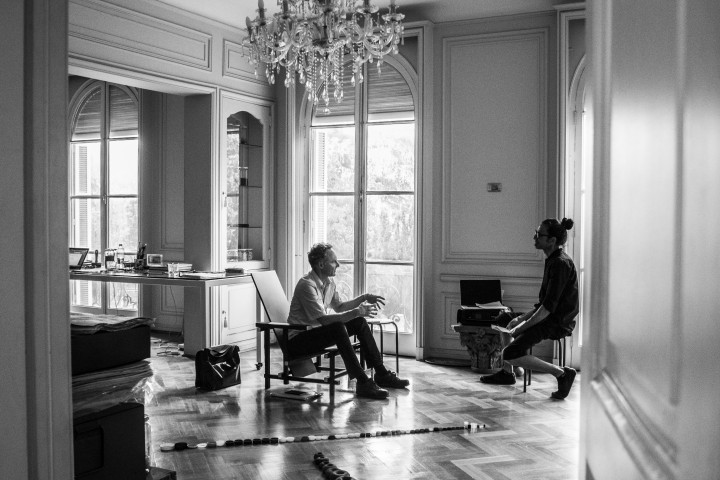
First question to answer: what are my ties to Latin America. First thing is that I want to relate myself to this context. And second thing, as being like a curator or project manager of a foundation which is based in Germany, I am Always an outsider:
“I go in a specific place with a specific idea, like I’m coming with my experience, my knowledge, my passion. And I go there, and make observations. And from these observations, some things come up but I start to reflect. And I try to find a necessity in this place, and I’m talking a lot to people about needs and necessities.”
And of course, the world is full of necessities in all parts of the world, and you can not respond to all of them. But coming from an organization, that is really like a charitable organization (it has a non-profit profile) and ideal’s to open spaces for people to help shape the society in a way. Is important that whatever we do, we can open space. I mean, this may sound like a common place, but is really like this for me. It’s very much trying to identify the necessities and trying to find my place in it, where I have a feeling or an intuition with a background of possibilities . Such as institutional backing, a budget share, and business knowledge; with this we have to see where we can contribute to get something going, to initiate something. It’s like an idea of motion, you start something and it starts to move. So is really just like initiate, give some power to it in the beginning. Then of course you encounter many difficulties, and difficult situations. And sometimes coming naively from the outside you discover this is not going to work. You have to make changes, you have to correct it, sometimes you even have to forget about a certain idea. And this is the interesting thing, this is the relation I’m going to establish: that the more I start working on this, the more I learn about myself and my own country. Because of course, we come there being a European, and I have a very open eyes. The more I move in Latin America, the more always when I come back I am surprised about certain discussions we have. I`m alienated with some performances and artworks I see, because I look at it in a different way. And this potential, to look at things in a different way, it is very simple in its concept but its very radical to me, to my own life, and of course a very institutional way of working. Because it changes the way we work in the institutions. We come there with a certain idea of maybe the idea that we can work some way with the dialogue between Latin America and Europe. And you come to Buenos Aires and you see, ok they all want more relation to Europe but you see they are all so much oriented towards Europe, that this is not the real need. If you ask them, “What going on in Chile?” and you realize there is so few knowledge about what´s going on in the neighboring country, but they know like 50 artists in Europe that are very well known. But they can only tell you 3 names of Artists in Chile, not even.
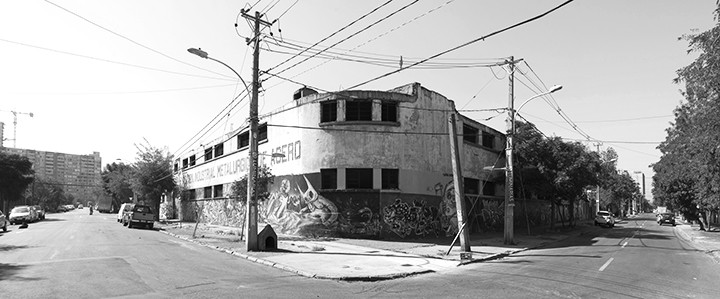
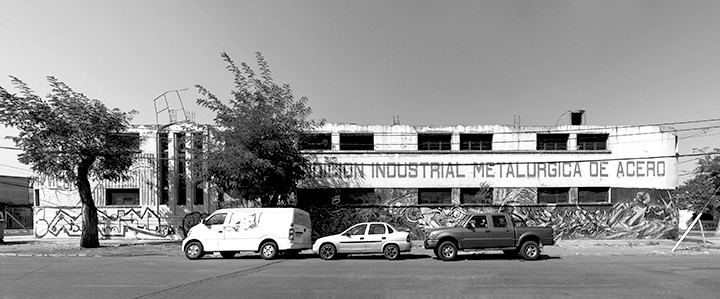
So this is very interesting for me, and then I saw, ok there is something about this outside eye that makes sense in asking simple questions. Why is it like this? And then you discover ok, there is sometimes a weak infrastructure, there is also kind of an imbalance on the continent, and that’s where I discovered the first thing on our road to give a little space with these theater academies for artists from different Latin American countries: just to join, exchange, meet, work, and research in an artistic way.
So its things like that, and at the same time we develop this theatre academy project to explain a little bit how this came to be, and my relation to Latin America developed.
I saw all these buildings, impressive buildings, in Buenos Aires (like the Bank buildings) and at the same time all of these run down houses where you feel like there is a very tense situation. I really had the feeling we had to do something with it, and I saw a lot of theatre performances and they are all in a black box frame, and very well done and very interesting artists. But once I talked to them about different kinds of framing the work, or things about redefining your work and the environment, what this means to do it in another place, some interesting discussions came up. And I also thought it was interesting to challenge these artists, to look in a different way at your environment, not just redeveloping plays that are related to family stories, because of course the more professional sort of community in the arts is the more it develops also, kind of insider knowledge and self-referenciality and things like that. I felt like there was also a moment in Argentina which it really made sense to pull people in another kind of environment, to shake it a little bit. So I started talking to the artists about these buildings, that I would be interesting in doing something in. And they said, yeah for testing, lets do it. It is an opportunity also, but its not theater. And I said, yes but I want you to consider this to be theatre in this way. I don’t want you to now pretend to be visual art, imagine ways of working in a different way. I told them, for example the balloon installation: it’s a very simple idea and if you would come from the visual arts you would go there and say, “well, visually it’s nice, it is popular”. But at the end of the day, it is been made by a choreographer. And the choreographer is busy with the idea of movement, and he comes from ballet actually. He has been transferring his idea to another media, like thinking about movement in a different way. And then he came to this thing, the movement of the people, everyone contributes with the balloon. The more balloons you have, the more it changes the space, and its balloons filled with helium and with air, and they create a kind of suspension. So, it makes all together a physical space, and once you are in the physical space of suspension, you can consider it like a ballet, and this is very beautiful and very fragile. So it’s a simple idea transferred to another medium:
“I am not interested in producing artwork just for its own sake. I am more interested in the encounter, or how you involve people in an experience of the arts. This expresses something which is like deeply related to humanity, it touches on something that has to do with your own life. That’s something which I think is important to get big in the arts, to not just formalize ideas but to develop your own language in a good way.”
Its really important, and we need a lot of knowledge, exchange of knowledge, and encounter of people to have the possibility to reflect the artwork. Its very important that these artistic ways of thinking and looking at the world can find spaces for the people to encounter, so they can find an audience. That they also find different ways of access for the people, to the experience of art.
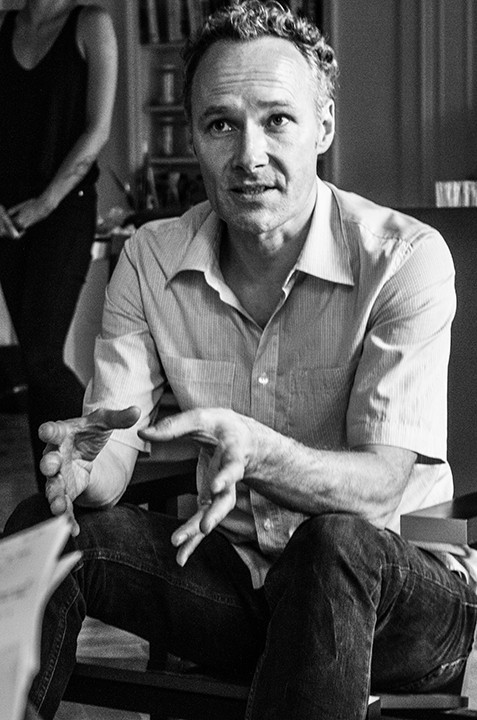
The temporary theatre academies are going to be an ongoing activity. With “Changing places” its different because it’s another effort to build up relations from the scratch and involve research in specific neighborhoods. So its individual projects that follow like the same point of departure, just to do artistic works or develop artistic works in empty buildings. The idea is to do it in three cities now, after Buenos Aires it will be in Santiago and Bogota. Then we see, maybe now having started to do this in Santiago, many organizations and people say this should continue. For me this project is really trying to find the right moment to do this in a specific context and to build something up. A combination of a team of people and curators actually, because that’s what we do. We don’t come and do our own project, we have a certain budget and build alliances. We approach certain parties and organizations to join in, and we never finance a project fully, this has not only to do with the fact that we have limited resources. It has also to do with the general principle of work that we really want this project to become a collaborative project that is not decided by us alone, but on the contrary develops from the very local situation:
“We give impulses, we talk ad discuss this but its really like to build a team, and to cross perspectives, to intermingle perspectives, and to work with different partners.”
There are two ways to achieve patrimonial. One way is material, and the other is immaterial. I am very much interested in the immaterial aspect, coming from the performance background. Patrimonial immaterial for me is something that is also party hidden, something that is to be found, and that you have to find sometimes your relation to this. The idea of changing places also to relate these things together like the arts, the patrimonial and the comunidad. That’s the principle here in Santiago. In Buenos Aires its been completely different, as I said we worked mainly with artists from the performing arts to go beyond the black box. In Chile we decided to go another direction because it’s another city, its another discussion, its a very different neighborhood… we have been much more interested in working with people from the different fields of the arts, that work in a performative way. So even if they just like deal with objects, their work has a certain level of performativity in terms of relating to time and body that brings these things together.
Curating is not part of the educational system here as far as I understand, but also the practice of making programs is different. Is not just about education, it’s also about practicing Certain structures used in certain projects will work differently in different countries and cultures. That is something that interested me : building completely different projects from the same idea or same point of departure. To really also express something different, the differences and the variety which I think is great to have. It’s a great variety on this continent which is amazing. I think there are incredible resources here.
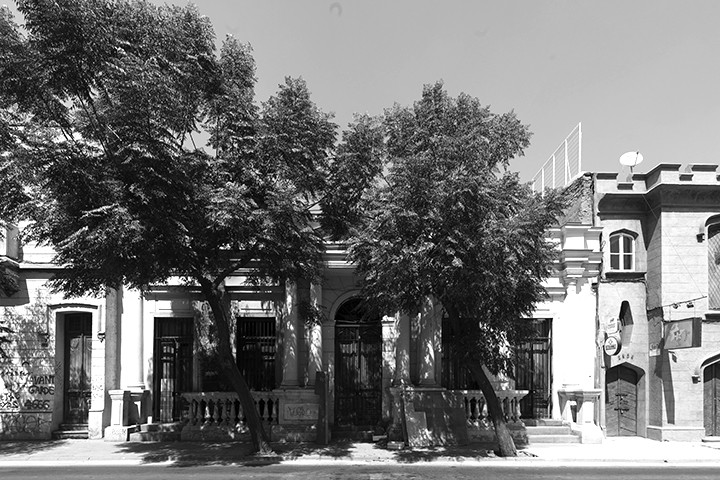
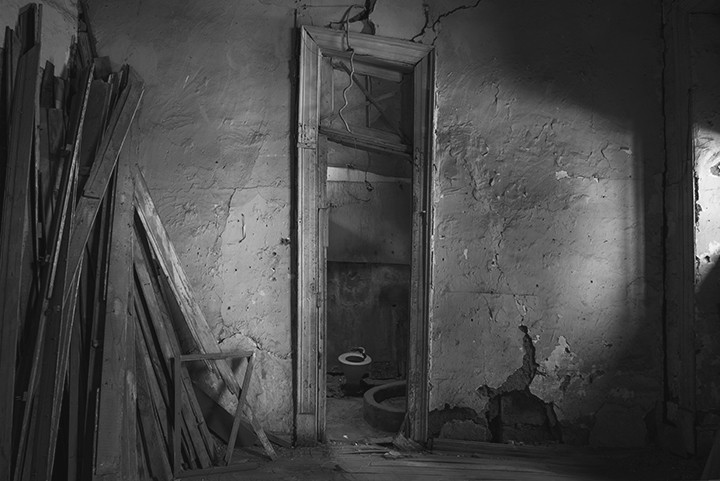
Something I can bring into such a process is the experiences I have, a certain feeling for quality of work. And also for a necessity of a work, so I am very much interested in artists and their work that follow a strong idea that fits in with the discussion we want to trigger I never do a project on my own. I meet a lot of artists, organizers, curators also and we start to build a team. I am always working with curators from the local culture and art scene. In Argentina it was the Curator from “Cultural San Martin”. So we are like a team that is exchanging, challenging, dialoguing, and this is like the key because it is not possible coming from Europe to make a program like this. We really need to cross the perspectives and to dialogue, each of us makes proposals, I from the international scenes, the local curators from the national arena. But it happens also that I propose some artists I’ve seen in Latin America in the last couple of years and I found interesting, that they have not been completely uncovered yet. It’s really trying to find together, trying to find a line, trying to find also a good combination and variety of works and places of working. That’s how the selection is made at the end of the day because we all make observations, we have spaces, then we approach the people and sometimes its intuition, you see a space and you know: this is the work of the artist to work at this place. Sometimes it’s also due to the subject we’re dealing with that match with the subjects of a particular. Sometimes its also interesting an artist that has worked in a very specific work environment for example, in drama theater. Why don’t we pull him out and ask him to project his idea in a different way. It is a good experiment also, and its sometimes good for rethinking for new ways of working for us, and also the artists.
I would love to have more time, I would love to have more reliability in institutional partnerships, faster and less complex decision-making, and more collaboration partners for culture.
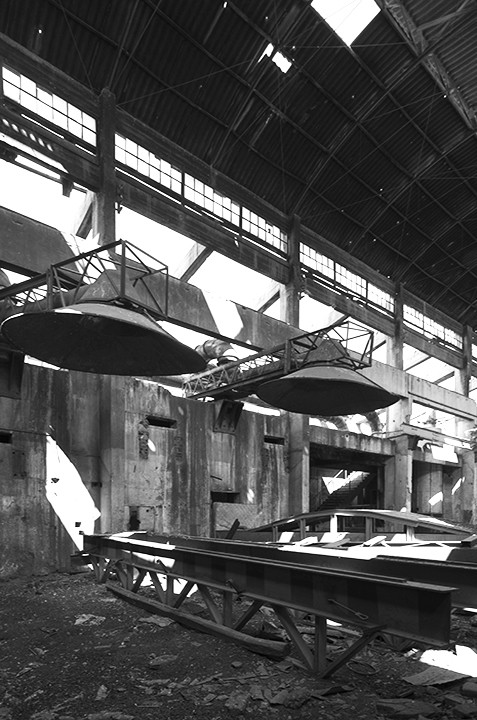
It’s interesting to raise awareness that the arts don’t stand alone, and that they have the strong potential for the people to open the social eye, to make people look at something. And I really think that the arts can change the eye. This is something we have to make clear in the society, especially in Chile where I have the feeling the arts could have a stronger position in the society, not only in the financing of the arts, but also in the way the artists are valued. I think we have to also give some statements that arts is something that is needed, and that it’s something that has an impact on the people. How a society is able to deal with dispute, with differences, with discussion, with uncertainties, this is the mark of success and the arts play a key role there:
“My idea of curating is that you start with something and you have a certain idea/vision/goal, and the project is successful for me not when this goal is fulfilled and one can see this, but rather when your idea is not important anymore because something else happened. This is sometimes very rare, and of course often we get stuck in pragmatics, and yes it also has to work in some ways as an event. I think as a curator you need to try and find a balance, try and walk the line.”
Of course sometimes one also has to compromise, and I try to make as little of a compromise as possible. In Buenos Aires for example, it’s been important to see that the project is not drifting into city marketing on the one hand side, and not slipping into political activism on the other hands side, because both is kind of an ideology. This is not easy but at the same time its very interesting to deal with, because it says something about our time. We are always confronted with expectations. The project in Buenos Aires was somehow spectacular because of the buildings, but we had some very nice installations that managed to undergo this spectacularity, and others that sort of became spectacular not on purpose… with the balloon installation for example.
In Chile it will be very different because it’s not spectacular buildings, not spectacular work, not spectacular artists, its less spectacular. Spectacular things happen anyway in Chile and this is not what is needed The project here derives from the local situation.“Barrio Yungay “ which is kind of the point of departure, because its in the center in a way, because this has been historically the first planned district in the city. The district itself has its own subjects and variety, which is interesting. It has the immigrant area which is very lively, you have another part where you think its all closed; its like a dead area, you have a difficult area, you have the industrial area in the north.
We involved the neighbourhood in “laboratorios” from the beginning. We also went with the artists to meet individual people, elderly people that live there, young people, organizations like the “Escuela Taller”, like some schools, there is also a community of the Railway Workers in the north which is quite interesting.

It’s a lot of coordination and communication to really work with, and you could work with this forever! At some point to have to say, ok now make the decision to say “go for it” and some projects will not happen because we wont be able to finance, or they didn’t fit, or the space didn’t work anymore, or we didn’t get the permission. So it’s a lot of logistic and administrative stuff also. I have traveled to Chile often, but as I said we have worked with Enrique Rivera and María José Cifuentes and then we have the production unit and technical team. So its not a big team, the core team is like ten people all together.
The idea is really that this triggers something according to the the “snowball principle” and go in different directions. Either it will encourage people to work in this direction, or it will encourage institutions for providing space for artists to work in the city, or that the team can continue working on a new edition two years later. But maybe its not about establishing a format or a way of working, its more like triggering something that can go in different directions. Bernardo Valdés, one of the heads of production, is thinking of doing this in another part of the country, and continue with the idea. I mean, in Buenos Aires is also always been like they really want to continue, and they are planning to do a new “Changing Places” next year. But now there was a change of cultural minister and is an unusual thing.
I imagine, for example, one of the works that I have in mind now that is going to be in an abandoned house very close to Plaza Yungay … You live there, you pass by everyday… I mention the vecinos to go there because of curiosity, “what’s going on there?” So they enter, and they see this. Ok, maybe they come again, maybe not. But, three months after the project they will still remember that this happened in this house. Those are the things that stay with you. If its happening every year, the same thing, I am not sure that this is the thing that is really necessary. It has another lasting effect.
To get back to this issue of the institutional framing, I am not completely sure. I think there are differences between sponsoring and foundational work, its not ending up in all of the same thing. It really depends on the attitude behind the work of an organization and if the interest is more in communication or in getting something going, generating impact:
“Communication is always trying to generate attention to something or to establish an image. We cannot step out from this completely, but we can just try to differentiate and give value to the contents, to the impact and go a bit beyond the usual mechanisms of efficiency, systems of quantification, and systems of what success should be in a pre-defined notion.”
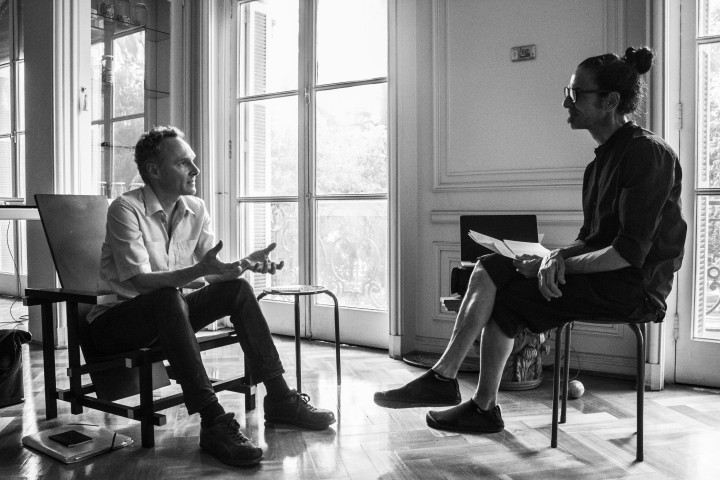
Once you went through such a kind of an experience you see what worked well, and what didn’t work so well. So that’s something that stays with you, and makes you think in a different way. In Buenos Aires, I saw these buildings and I wanted to do it there. And exactly what you ask… there are some things that came by accident as an impact result. For example, the use of one of the buildings that was owned by the city… they were planning to do a “Museo de la Ciudad” but it was not completely clear what they would do with this place. There was a theatre director from Sao Paulo who developed a performative installation that guided people through this building with headphones,overlapping the house of his childhood, his father’s house with this house in Buenos Aires. It’s been talking about the specific city and the imagined city at the same time. And then we discussed with the Minister of Culture about how to continue because he liked this project a lot. Then he said, “maybe we shouldn’t do a museum, maybe we should do something else”. Then we talked about doing a kind of living museum, I was asking “Why don’t you do a temporary museum where you use this place as a space for artists, to have residency for three months to look at the city and to make an exhibition on their view on the city? Like a Museo de la Ciudad, which is permanently re-defined.” And he was completely happy with this. So they are working on it, and they are starting with one residency already for the artist to work with.
It made us reconsider the way we have to think about the project from the very beginning. That this is not like a result by accident, that is something you should already conceptually involve in the project, working with organizations that are not necessarily involved in the arts but can bring something to the neighborhood. So this was something that really changed the way of working here in Chile, and that’s also why we thought we have to get it connected in a different way with other organizations that can continue, even if they are not necessarily related to the arts. But to a certain degree, one cannot construct the impact and I think the interesting moment of this project is that it sets something in motion and we also can live with the uncertainty… in which direction the specific proposals will trigger something.
I like this a lot. Usually you just explain the functioning of the project, the official speech, or the main ideas… but I like this much more like this. Real talk… our talk!
Joachim Gerstmeier
Chief Curator of Espacios Revelados project
Dramaturge and curator, is the director of the performing arts department at the foundation Siemens Stiftung, based in Germany. Advisory board member of the Goethe-Institut (2009 – 2015). Jury member of the National Performance Network (2009 – 2013). Member of the curatorial board of the Dance Platform Germany 2008 in Hannover (2006 – 2008). Jury member of the German Federal Cultural Foundation (since 2014). Guest lecturer, e.g. at the University of Leipzig. Exhibition initiator and curator, e.g. programme series “Powers of Speech” (Johannesburg, Bogotá, Zagreb, Brussels since 2011), “Schauplätze” (Avignon, Kassel, La Plata, Berlin 2011 – 2012), “Changing Places” (Buenos Aires starting 2013). Programme development with summer academies in Latin America (Argentina “Panorama Sur” since 2011, Chile “Movimiento Sur” since 2012, Colombia since 2013).
Prem Sarjo (Viña de Mar, 1965)
Lives in Santiago and works between Chile and Europe. After studying architecture at the Catholic University of Valparaiso, engraving at Taller 99 and Arts at the Institute of Contemporary Art in Santiago. Multidisciplinary artist and researcher, he has lived in Mexico, USA and Europe. Creator of alternative projects such as Casa Doce in Mexico City, DiEnd, GAC and Ejercicios Mosqueto in Santiago. He is currently curator of Ejercicios Mosqueto since 2012 and associated curator for Latin America of the Venice International Performance Art Week. Prem Sarjo has worked with painting, graphics, sculpture, installation, performance, video and photography. He has exhibited his work in Chile, Argentina, Mexico, Canada, USA, France, Italy, Germany, Poland and Japan.

 Español
Español